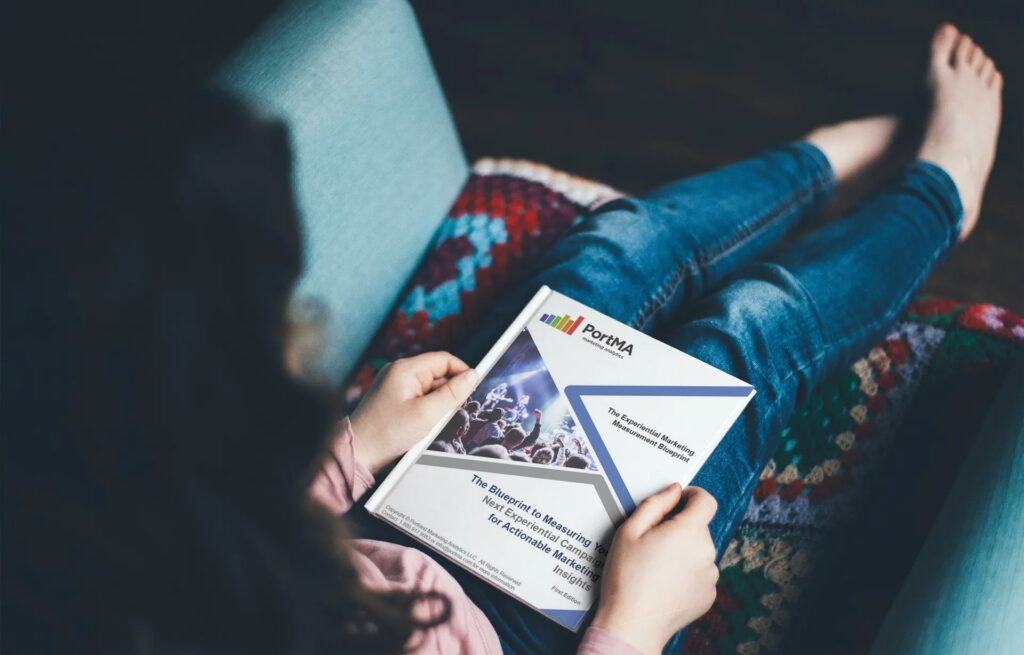
In our last blog, we went into detail about the kind of information you need to get from your field staff. Whilst you may have dedicated days and weeks to planning experiential marketing activities, your team in the field has been face-to-face with potential customers. To generate the best possible survey data, it is important to consider which questions you need to ask your field staff and your customers.
Estimated reading time: 3 minutes
What You Need to Know and How to Measure it
From your field staff, you need information on the right metrics to build a solid archive of your experiential marketing campaigns for later data analysis. Check out our last blog for more information on that.
This archive helps you identify causal and independent variables. Those let you understand what is driving the outcomes of your activity, and then you need to measure those outcomes, including:
- Quality of reach in relation to target customers
- Changes in attitude
- Changes in behavior
Those are three key questions any experiential marketing professional needs to answer during the data analysis part of their campaign. But how do we best measure them?
Automation has been a buzzword in all areas of marketing, although the question remains whether you can measure all variables effectively using automation. At PortMA, we have tried to measure value and impact using beacons, facial recognition, and sentiments scores. However, each of those reaches a point where the results are not sufficient, and you really want customer feedback.
(You can listen to the full episode of the podcast below.)
When to Ask Survey Questions
Depending on the nature of your experiential marketing campaign and your activation you could potentially generate survey data months after the event.
In our experience, we find that asking potential consumers right at the end of the activation yields the best results. This may vary depending on the type of activation and the exact experience, but overall we found this timing works best.
11 Variables to A Survey
With the three main questions in the back of your mind, it is time to consider the individual metrics you and your field team need to record. We have found that 11 variables are the key to meaningful, practical survey data. This blog will introduce the first three of them, with part 2 concluding soon.
1. ID Number
Each survey record has an ID number reflecting the year in which the record was collected and in which scenario. This allows you to put the record into context later.
2. Date and Weekday
This second metric not only lets you understand the age of the record but also helps you understand the connection between the weekday and the quality of the activation. Consumers behave differently on a Tuesday than they would on Saturday.
3. Time
Consumers shop differently depending on the time of day. Nipping out at lunchtime generally leads to different purchasing behavior than a leisurely walk to the shops in the afternoon.
These three criteria will start you off. In Part Two of this blog, we will cover the remaining eight.

Additional Resources
FOR EXPERIENTIAL MARKETERS
- Experiential Measurement Blueprint
- Event Impression Calculator
- Experiential ROI Benchmarking Reports
- Event Measurement Video Tutorials
